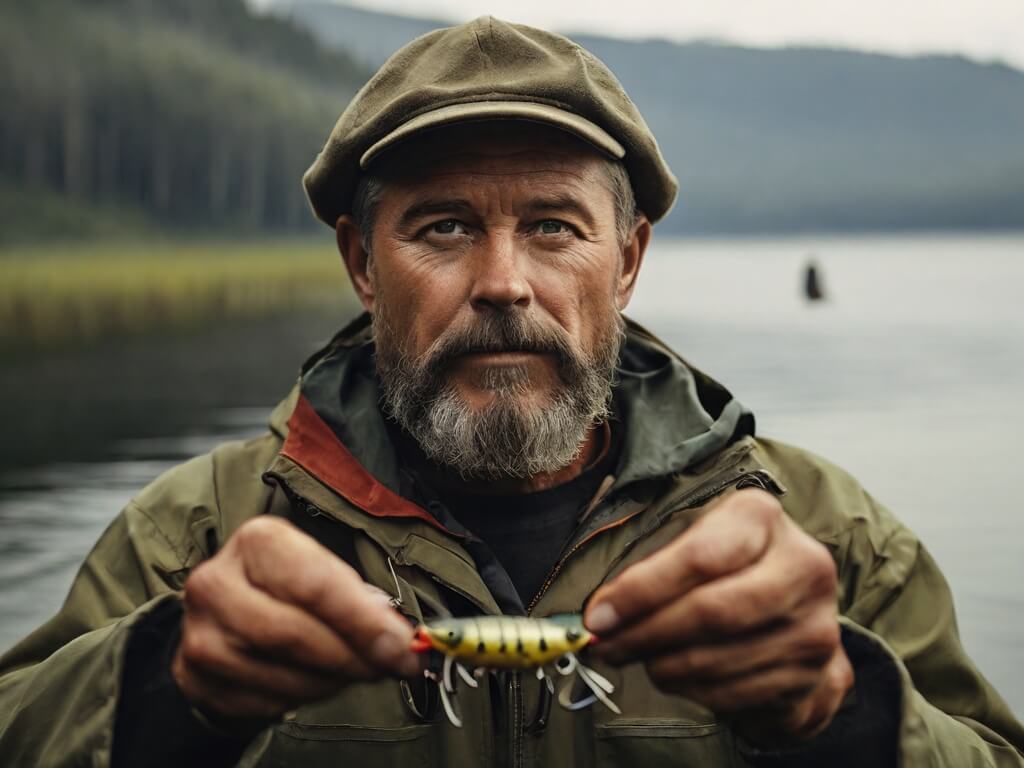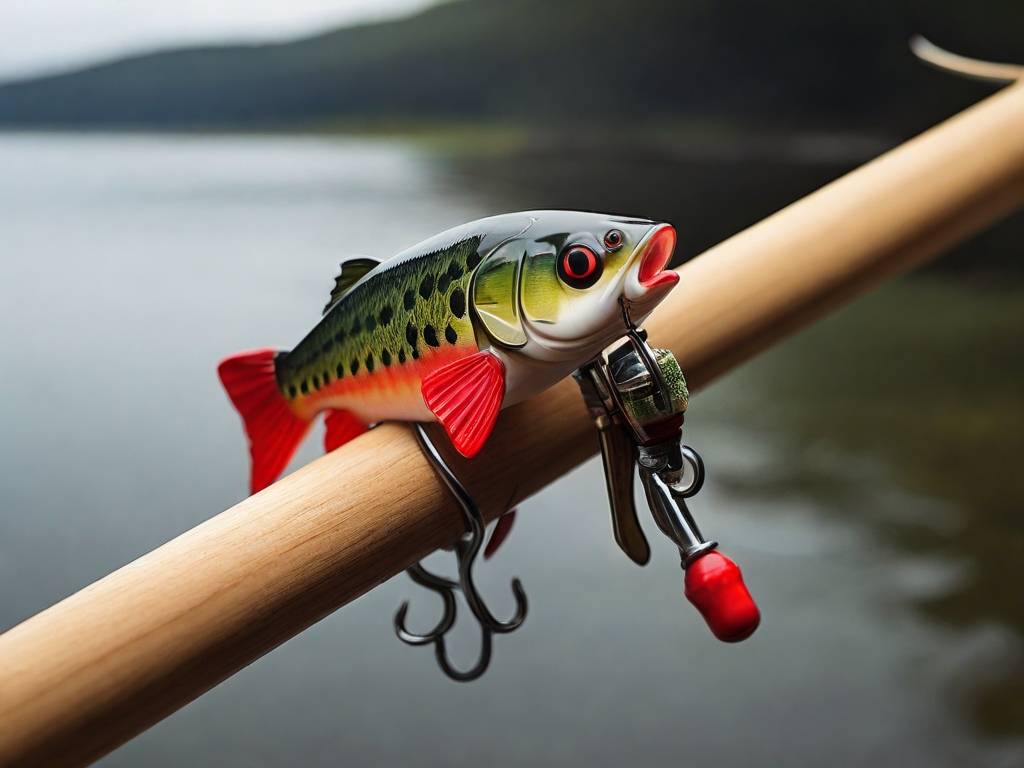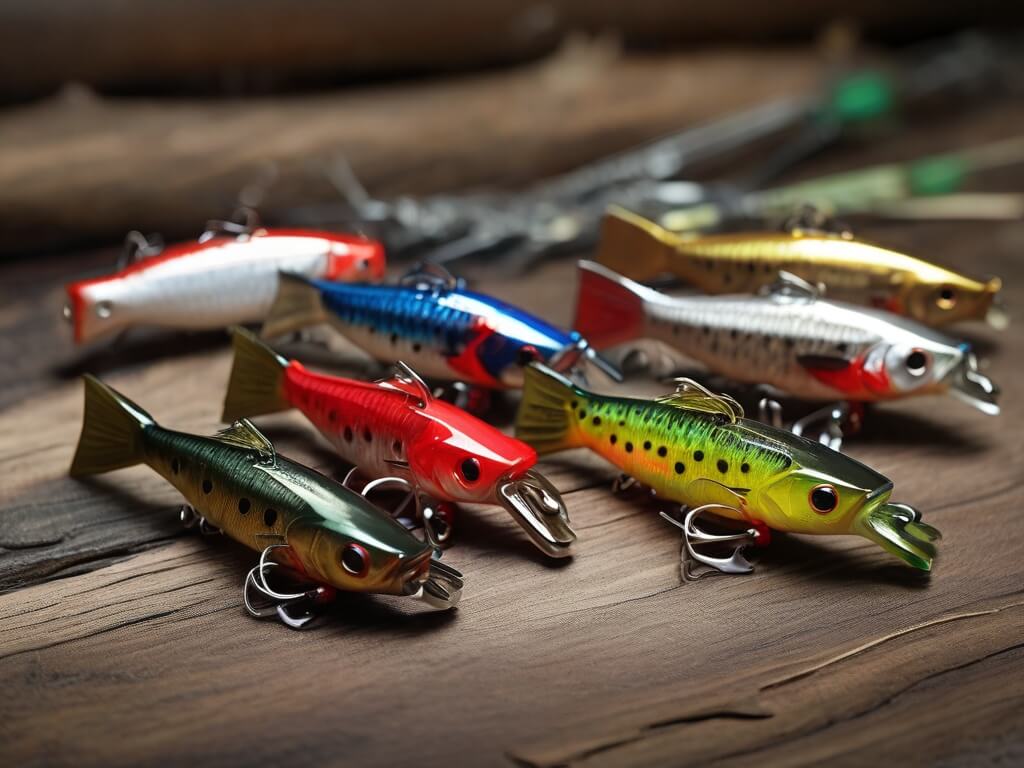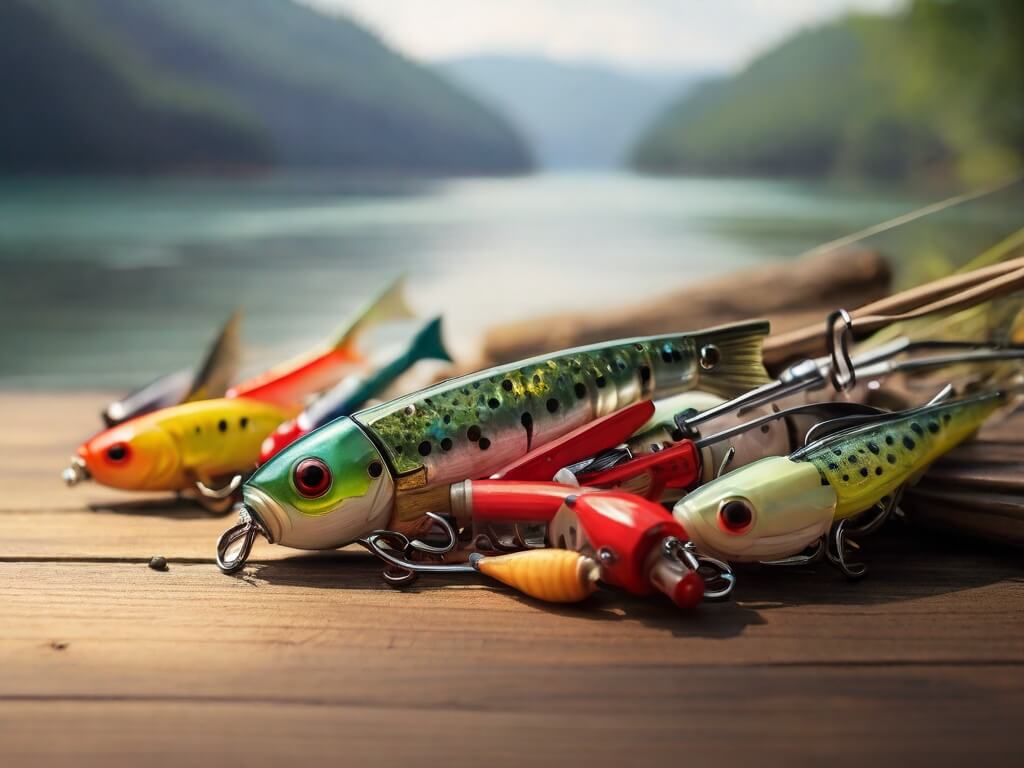What Are Fishing Lures?
Kayak fishing is not just a hobby; it’s a way of life for many. And to make that fishing trip a success, understanding the tools of the trade is essential. Among these tools, fishing lures play a crucial role. But what are fishing lures? Let’s dive deep into the world of fishing lures, from their types to their usage, and everything in between.

The Significance of Fishing Lures
Fishing lures hold a profound significance in the world of angling, serving as essential tools that have revolutionized the way we fish. From amateur enthusiasts to seasoned professionals, anglers across the globe rely on these artificial baits to attract and catch a wide variety of fish species. But what makes fishing lures so significant?
1. Enhancing Fishing Efficiency
Fishing lures are designed to mimic the appearance, movement, and behavior of natural prey, effectively fooling fish into striking. Unlike live bait, which can be challenging to obtain and maintain, lures offer a convenient and reusable alternative, allowing anglers to fish more efficiently for extended periods. With the right lure and technique, anglers can cover more water, target specific fish species, and maximize their chances of success.
2. Versatility in Fishing Conditions
One of the most significant advantages of fishing lures is their versatility in various fishing conditions. Whether fishing in freshwater lakes, rivers, or saltwater oceans, there is a wide range of lures designed to excel in different environments. From shallow flats to deep offshore reefs, anglers can choose from an array of lures tailored to specific depths, water clarity, and fish behavior. This versatility enables anglers to adapt their approach to changing conditions and increase their chances of catching fish.
3. Targeting Specific Fish Species
Fishing lures offer anglers the ability to target specific fish species with precision and accuracy. Each type of lure is designed to mimic the natural prey of a particular fish species, whether it’s a bass, trout, walleye, or salmon. By selecting the right lure for the target species, anglers can effectively attract and entice their desired catch, increasing their success rate and enjoyment of the sport.
4. Promoting Catch-and-Release Practices
In recent years, there has been a growing emphasis on sustainable fishing practices, including catch-and-release fishing. Fishing lures play a crucial role in promoting catch-and-release practices by reducing the need for live bait, which can harm fish populations if overharvested. With lures, anglers can catch and release fish more easily and safely, allowing them to enjoy the thrill of the catch while minimizing their impact on the environment.

5. Encouraging Creativity and Innovation
The world of fishing lures is a hotbed of creativity and innovation, with anglers and lure manufacturers constantly experimenting with new designs, materials, and techniques. From handcrafted wooden lures to cutting-edge plastic molds, there is no shortage of creativity in the world of fishing lures. This constant innovation not only leads to more effective lures but also fosters a sense of excitement and curiosity among anglers as they explore new possibilities and techniques.
6. Connecting Anglers to Nature
Fishing lures serve as a bridge between anglers and the natural world, allowing them to immerse themselves in the beauty and tranquility of nature. Whether casting a topwater lure at sunrise or trolling a deep-diving crankbait at sunset, fishing with lures offers a unique opportunity to connect with the environment and appreciate the wonders of the natural world. This connection fosters a sense of stewardship and conservation among anglers, inspiring them to protect and preserve our precious aquatic resources for future generations.
7. Cultivating Skills and Expertise
Using fishing lures effectively requires skill, knowledge, and experience, making them valuable tools for cultivating expertise in the sport of fishing. From mastering different retrieval techniques to understanding fish behavior and habitat preferences, anglers who use lures develop a deeper understanding of the intricacies of the sport. This ongoing learning process not only enhances the angling experience but also fosters a sense of pride and accomplishment as anglers hone their skills and become more proficient at catching fish.
8. Fostering Camaraderie and Community
Fishing lures have a unique ability to bring people together, fostering camaraderie and community among anglers of all ages and backgrounds. Whether sharing tips and techniques on an online fishing forum or exchanging stories and strategies on a local fishing pier, lures serve as a common bond that unites anglers in their shared passion for the sport. This sense of community not only enriches the angling experience but also creates lasting friendships and memories that endure long after the fishing trip is over.
Understanding Fishing Lures
Fishing lures are artificial baits designed to attract fish. They come in various shapes, sizes, colors, and materials, each serving a specific purpose in enticing different types of fish. These lures mimic the appearance and movement of natural prey, making them irresistible to fish.

Types of Fishing Lures
There are several types of fishing lures, each tailored to different fishing conditions and target species:
- Spinnerbaits: These lures feature metal blades that spin as they move through the water, creating vibrations and flashes to attract fish.
- Crankbaits: Crankbaits resemble small fish or other prey and have a diving lip that causes them to dive and wiggle when retrieved.
- Jigs: Jigs consist of a lead sinker with a hook molded into it and are often adorned with a soft body or feathers to mimic prey.
- Soft Plastics: These lures are made of soft, flexible materials like rubber or silicone and come in various shapes and sizes, including worms, grubs, and swimbaits.
- Spoons: Spoon lures are metal lures shaped like a spoon, with one side concave and the other convex. They wobble and flash when retrieved, mimicking the movement of injured baitfish.
- Topwater Lures: Topwater lures float on the surface of the water and create splashes and ripples to attract fish, often imitating insects or small animals.
- Swimbaits: Swimbaits mimic the appearance and swimming action of baitfish, making them ideal for catching predatory fish like bass and pike.

How Do Fishing Lures Work?
Fishing lures work by appealing to the natural instincts of fish. They mimic the appearance, movement, and behavior of prey, tricking fish into striking. The key to using fishing lures effectively is understanding the behavior of the target species and selecting the right lure for the conditions.
Choosing the Right Fishing Lure
Selecting the right fishing lure depends on several factors, including the type of fish you’re targeting, the fishing environment, and the time of year. Here are some tips for choosing the right lure:
- Research: Learn about the habits and preferences of the fish species you’re targeting.
- Match the Hatch: Choose a lure that closely resembles the natural prey in the area.
- Experiment: Don’t be afraid to try different lures and techniques until you find what works.
- Consider the Conditions: Take into account factors like water clarity, depth, and temperature when selecting a lure.

Tips for Using Fishing Lures Effectively
Using fishing lures effectively requires skill and technique. Here are some tips to help you get the most out of your lures:
- Master the Retrieve: Experiment with different retrieval techniques, including steady retrieves, jerks, pauses, and variations in speed.
- Stay Observant: Pay attention to the behavior of the fish and adjust your tactics accordingly.
- Be Patient: Fishing with lures requires patience and persistence. Don’t be discouraged if you don’t get bites right away.
- Keep it Natural: Mimic the movements of natural prey as closely as possible to increase your chances of success.
- Practice, Practice, Practice: Like any skill, using fishing lures effectively takes practice. Spend time honing your technique and learning from your experiences.
FAQs About Fishing Lures
1. What are fishing lures made of?
Fishing lures can be made of various materials, including plastic, wood, metal, and rubber. The choice of material depends on factors like durability, buoyancy, and the desired action of the lure.
2. How do I know which fishing lure to use?
Choosing the right fishing lure depends on factors like the species of fish you’re targeting, the fishing environment, and the time of year. Researching the habits and preferences of the fish in your area can help you make an informed decision.
3. Can I make my own fishing lures?
Yes, many anglers enjoy making their own fishing lures as a creative hobby. There are countless resources available online and in books to help you learn how to make your own fishing lures using different materials and techniques.
4. Do fishing lures work in all conditions?
While fishing lures can be effective in many conditions, their success depends on factors like the behavior of the fish, water clarity, temperature, and the presence of natural prey. Experimenting with different lures and techniques can help you find what works best in any given situation.
5. Are expensive fishing lures worth it?
Expensive fishing lures often boast higher-quality materials and craftsmanship, which can result in better performance and durability. However, many affordable lures on the market are highly effective. Ultimately, the value of a fishing lure depends on its effectiveness in catching fish.

Conclusion
Fishing lures are essential tools for any angler, offering a versatile and effective way to attract and catch fish. By understanding the different types of lures, how they work, and how to use them effectively, you can increase your chances of success on the water. So, the next time you head out for a fishing trip, don’t forget to pack your favorite lures and get ready for an adventure on the water!

